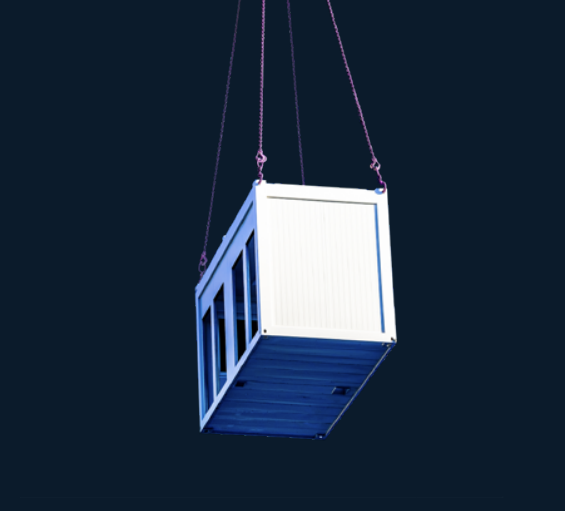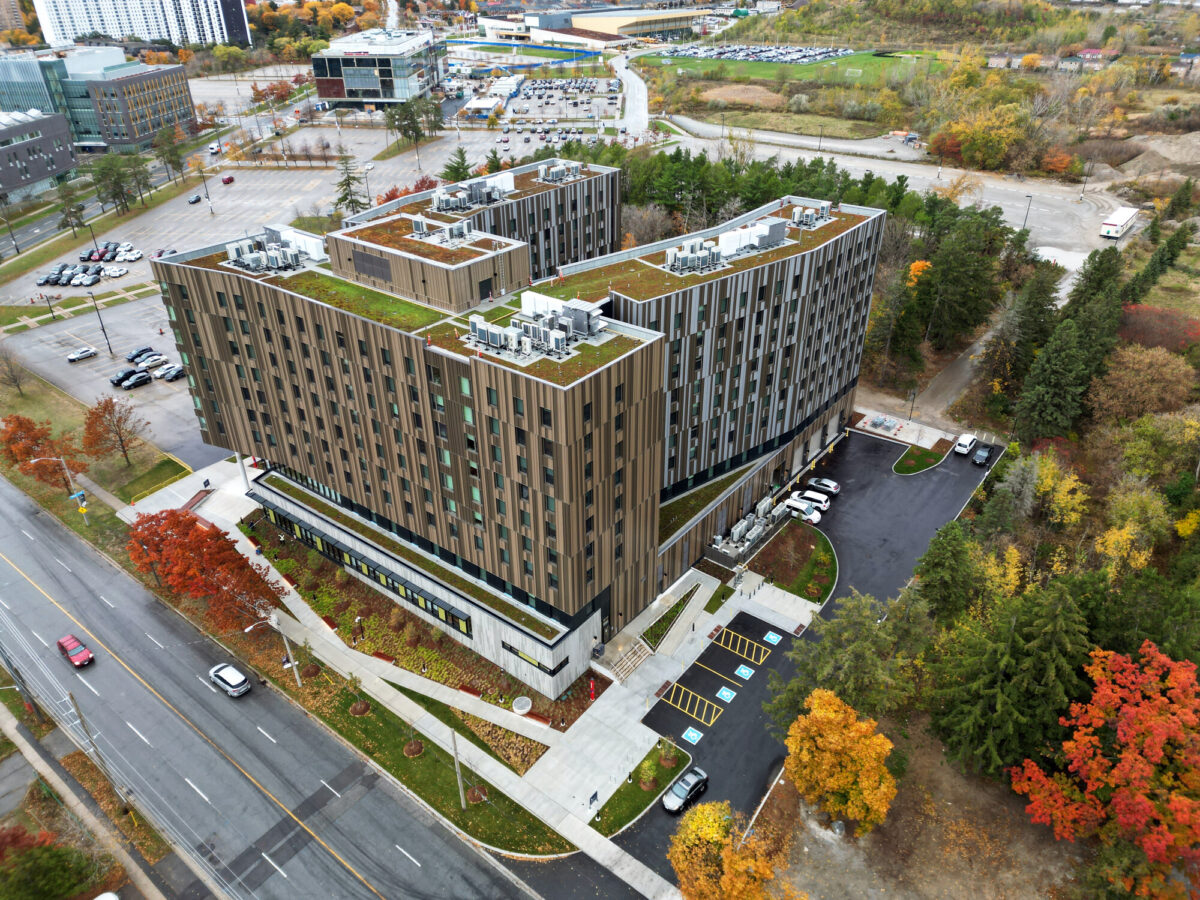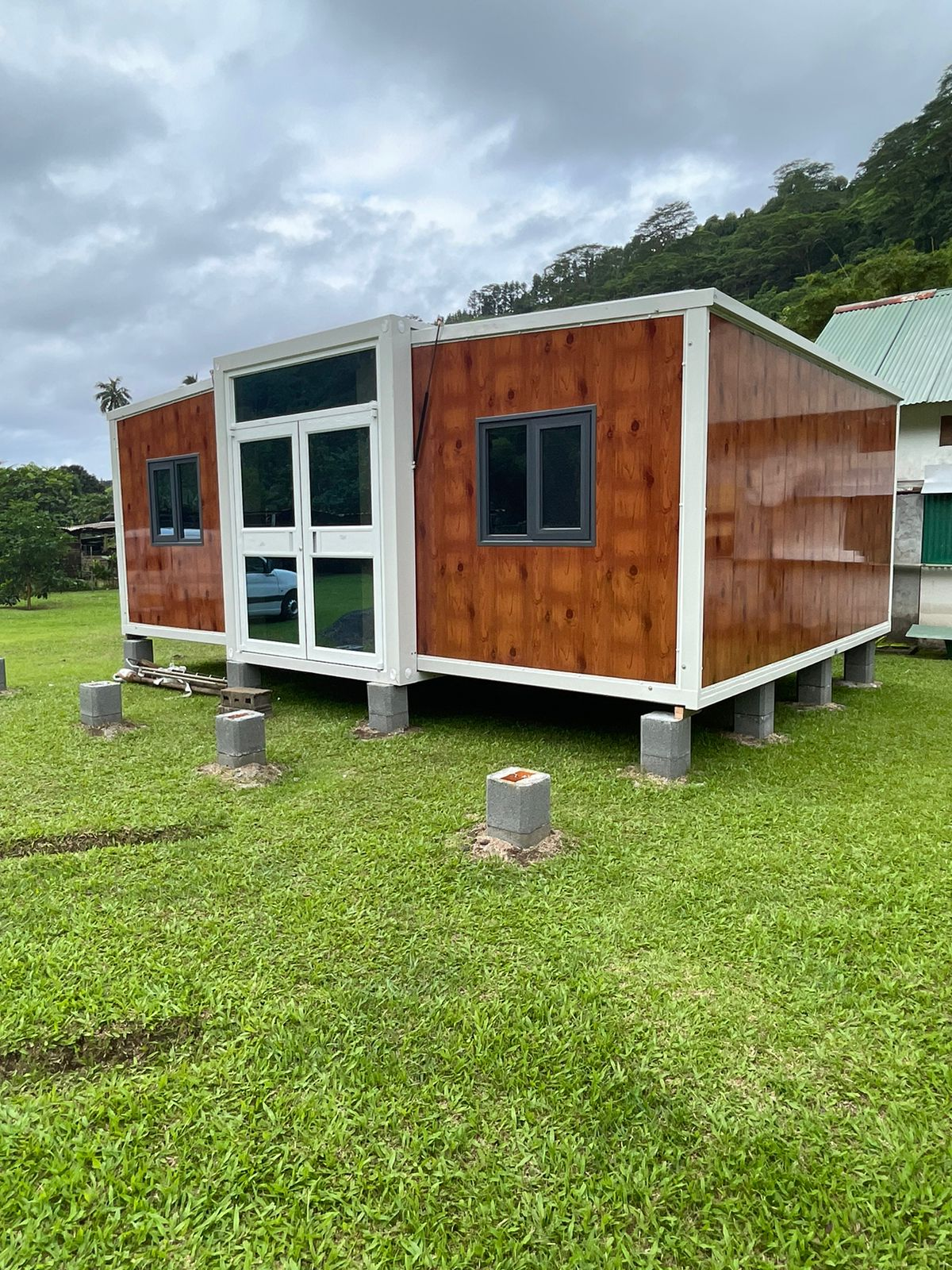Capital has already sniffed out the new blue ocean of modular housing. Driven by its inherent profit-seeking nature, capital always flows toward sectors defined by "high growth, low risk, and strong adaptability." Currently, a clear track shift is unfolding in the North American construction industry: traditional capital-intensive sectors are gradually declining, while modular housing—backed by its alignment with policies and certainty of profits—has become a new favorite among capital holders.
Meanwhile, on April 1, 2025, the McKinsey Global Institute (MGI) identified 18 "Arenas" that will drive future growth. These tracks not only boast high growth potential but also feature a highly dynamic competitive landscape. They are expected to generate 29 trillion to 48 trillion in revenue, accounting for one-third of global GDP growth. Ranking 15th among McKinsey’s 18 leading industry models, prefabricated + assembled housing will see rapid rollout of modular construction across the globe, driven by tight housing supply-demand dynamics and the green, low-carbon trend. Its ability to boost efficiency and control costs is attracting significant attention from both developers and policymakers.

Over the past five years, North America’s traditional construction industry has been trapped in a dual dilemma of "soaring costs + shrinking demand":
• Prices of raw materials such as wood and steel have fluctuated by more than 40%.
• The construction cycle for traditional residential buildings stretches as long as 18–24 months.
• Compounded by interest rate hikes from the U.S. Federal Reserve, mortgage rates have surged to a 20-year high.
As a result, U.S. new housing starts in 2024 fell 12% year-on-year. Institutions like Blackstone and KKR have successively reduced their holdings of traditional construction assets, and the yields of related REITs (Real Estate Investment Trusts) have dropped by 3–5 percentage points compared to 2020.
In sharp contrast, capital inflow into the modular housing track has accelerated:
• From 2023 to 2024, financing in North America’s modular construction sector reached $7.8 billion, a year-on-year increase of 65%.
• Equity Lifestyle Properties (ELS), a company focused on prefabricated housing parks, has seen its stock price rise by 87% cumulatively over five years—far outpacing the 32% growth of the S&P 500 Index during the same period—making it a core target for capital hedging and value appreciation.
Behind this capital shift lies the inevitability of "supply-demand mismatch": North America faces a shortage of over 3.8 million housing units, and traditional construction models cannot meet rigid demand. The "factory prefabrication + on-site assembly" feature of modular housing perfectly aligns with the market’s need for "cost reduction, faster delivery, and quality assurance." More importantly, its profit model of "separation of property rights + long-term operation and maintenance" can provide stable cash flow—a property that capital desperately needs amid current economic uncertainty. This also creates a window of opportunity for Chinese modular enterprises to enter the North American market, leveraging their strengths in "speed, quality, and intelligence."
The core logic behind profitable investments in North American modular housing has been verified in a number of benchmark projects. Chinese enterprises, with their full industrial chain advantages, have emerged as key drivers of this logic.
Brookfield’s acquisition of Yes! Communities stands as a "textbook case" of North American modular investment, and the in-depth participation of China’s supply chain has further expanded its profit margins. Yes! Communities owns 300 prefabricated housing parks and over 56,000 residential units, adopting a property rights separation model: "investors hold land + residents rent land/purchase housing." Here’s how it works:
• Residents buy modular houses for 100,000–150,000 (only one-third the price of traditional houses).
• They also pay a monthly land rent of 600–1,200.
• Investors enjoy dual returns from "stable rent + asset appreciation."
Empowerment from China:
60% of the modular components for this project are supplied by Chinese enterprises such as Broad Homes and CIMC Modular. Through "BIM digital design + large-scale production," Chinese companies have:
• Reduced the manufacturing cost of a single house by 18%.
• Shortened the delivery cycle from 45 days to 28 days— a direct reflection of "Chinese speed" and "Chinese quality."
Thanks to China’s supply chain, the annual rental yield of a single park under Yes! Communities has risen to 9.2%, an increase of 2.3 percentage points from before the acquisition. In 2024, the asset valuation was 40% higher than at the time of acquisition (2021). Brookfield further unlocked cash flow through asset securitization (ABS), creating a closed loop of "investment-operation-exit."
North American universities face a shortage of over 1.2 million student apartment beds, and the scalability of modular construction makes it the preferred solution to quickly fill this gap. The student apartment project at the Scarborough Campus of the University of Toronto, involving China State Construction Hailong, includes 1,200 dormitories, supporting canteens, and study rooms.

Chinese Speed and Quality:
• China State Construction Hailong completed prefabrication of 90% of components (including integrated furniture and home appliances) in domestic factories.
• Components were delivered cross-border via "sea + land transportation," and on-site assembly was finished in just 60 days—shortening the construction period by 60% compared to local building methods.
• Additionally, it adopted "earthquake-resistant and sound-insulating modules" developed in China, which met North America’s strict LEED green building certification standards. The occupancy rate reached 98% in the first year, with a stable annual rent increase of 5%–7%.
According to calculations by the project investor, the Canada Pension Plan Investment Board (CPPIB), the project’s internal rate of return (IRR) rose from 12% to 16.5% after introducing China’s supply chain—making it a benchmark case for its overseas infrastructure investments.
The current economic focus on "stable growth, transformation promotion, and carbon emission reduction" aligns closely with the industrial attributes of modular housing. Sustained policy support is paving the way for investment.
• The U.S. Housing Supply Chain Act of 2025 explicitly designates modular construction as a "priority technology for addressing housing shortages" and offers a tax credit of up to $2 million per project.
• The Government of Canada has established a C$1.5 billion "Modular Housing Fund" to support non-profit organizations in building affordable housing.
• At the local level: California mandates that the penetration rate of modular technology in newly built residential buildings must be no less than 30% by 2030; New York City provides an additional 20% floor area ratio (FAR) bonus for projects adopting modular technology. This combination of policies serves as a "safety cushion" for capital entry.

Modular housing precisely meets three key needs in North America:
1. Alleviating housing shortages: The 3.8 million-unit gap provides long-term growth space for the industry.
2. Hedging against inflation: Factory prefabrication reduces the impact of raw material price fluctuations by 20%, making it more resilient to inflation than traditional construction.
3. Aligning with the "dual carbon" goal: Modular construction cuts carbon emissions by 40% compared to traditional methods, enabling an additional 3%–5% profit margin through carbon trading.
Driven by these favorable factors, the market size of North American modular construction will exceed $30 billion in 2025, with a compound annual growth rate (CAGR) of 22%—establishing it as a "golden track" for capital allocation.
Technological breakthroughs and the deep integration of China’s supply chain are resolving the cost bottlenecks of North American modular housing. Investors with different risk preferences can find suitable tracks that balance safety and growth potential.
"Full industrial chain smart solutions" from Chinese enterprises have become a key driver:
• CIMC Modular’s developed "digital twin operation and maintenance system" enables real-time monitoring of building energy consumption and structural safety, reducing post-maintenance costs by 30%.
• Broad Homes’ "3D-printed modular components" have increased material utilization from 70% to 95%, further lowering the cost of a single unit by 8%.
The implementation of this "Chinese wisdom" has narrowed the cost gap between North American modular housing and traditional construction—from 25% in 2019 to 8% in 2024. Cost parity is expected to be achieved by 2027, fully unlocking market potential.
1. Prefabricated housing park operators (e.g., ELS, Yes! Communities): Relying on "land ownership + long-term leases" to secure stable cash flow, these are suitable for institutional investors seeking low risk.
2. Leading Chinese supply chain enterprises (e.g., CIMC Modular, Broad Homes, Zhongshengsheng Modular): Benefiting from growing North American orders and technological premiums, they demonstrate significant performance flexibility. In 2024, CIMC’s North American modular revenue grew 75% year-on-year, becoming its second growth engine.
3. Stock renovation service providers (e.g., Aigemu): Focusing on the hotel and apartment renovation market, they achieve rapid profitability through "short construction cycles + high turnover," making them ideal for investors seeking high growth.
The profit-seeking nature of capital has shifted the focus of the North American market from declining traditional industries to the rising modular housing track. With their triple advantages—"speed (construction cycle shortened by over 50%), quality (meeting North America’s highest certification standards), and intelligence (full industrial chain digital solutions)"—Chinese enterprises have become key drivers of this trend. From component supply for prefabricated housing parks to comprehensive solutions for hotel renovations, Chinese approaches are reshaping the North American modular industry landscape.
For investors, this represents not only a beta opportunity to share the dividends of North America’s housing shortage but also a window to capture excess alpha returns through the "Chinese supply chain + North American operation" model. Driven by both economic uncertainty and policy certainty, the North American modular housing investment market has entered a "golden era." Seizing this trend means capturing the next opportunity in capital migration.